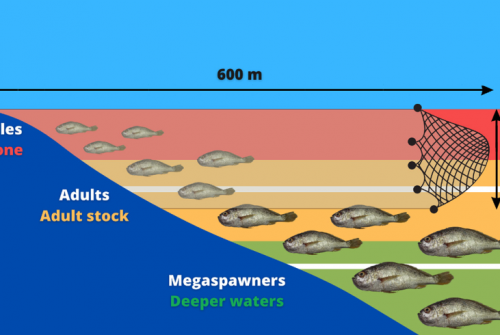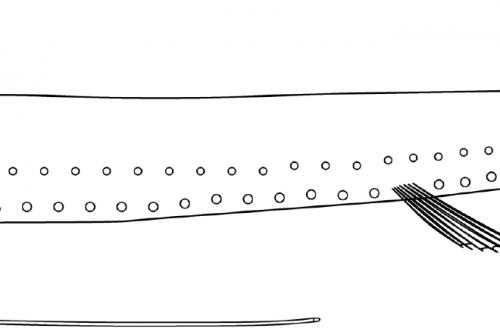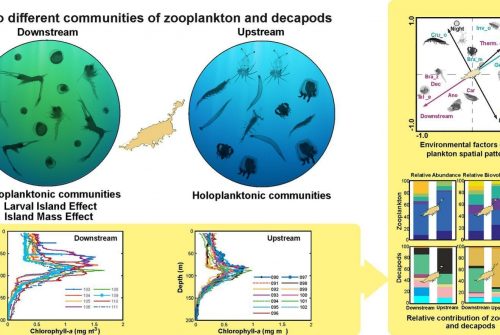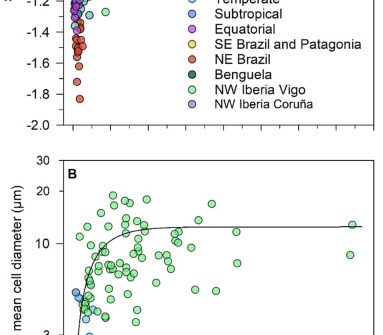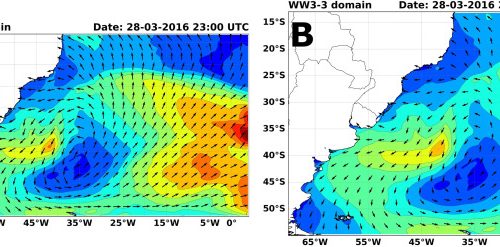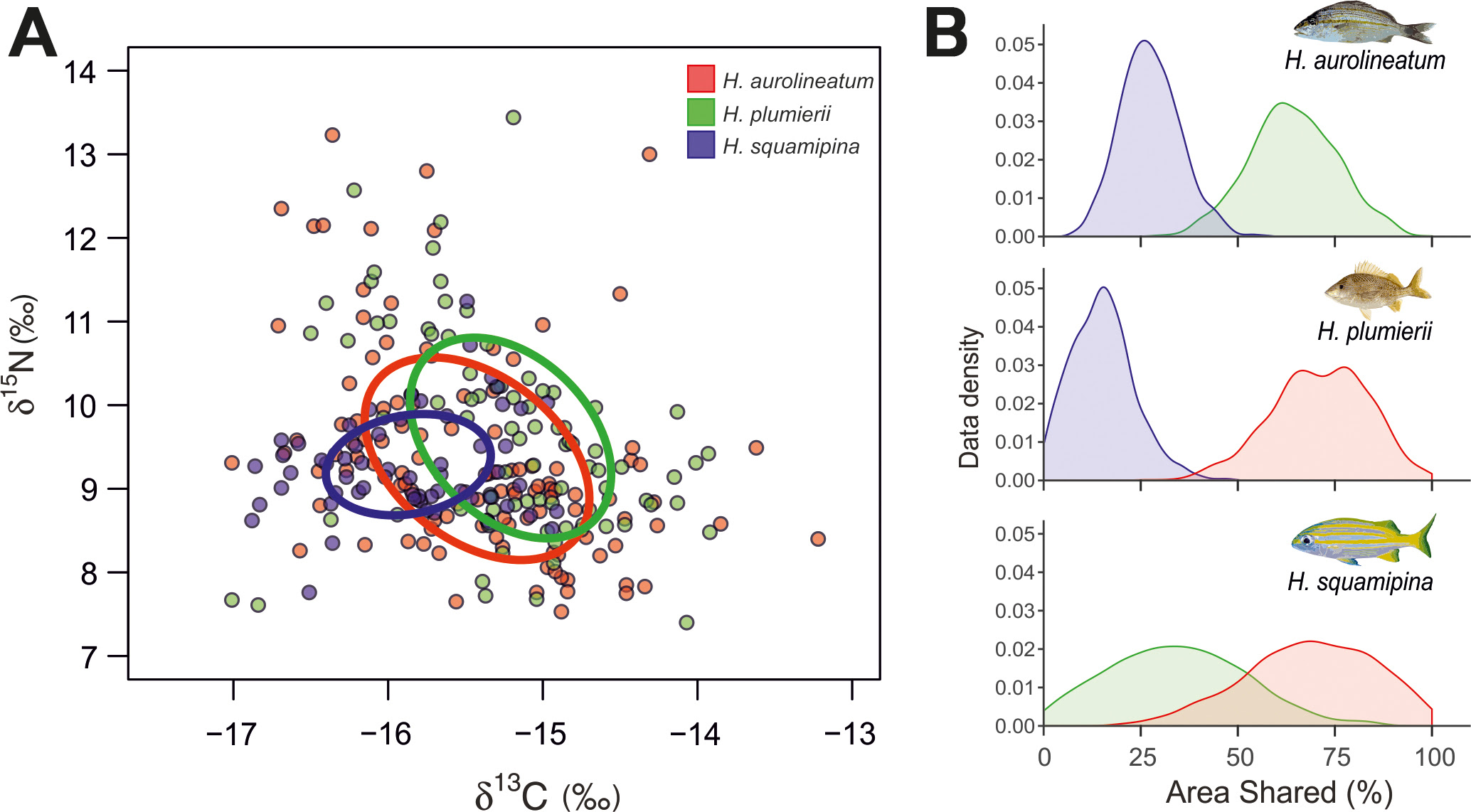
In the Southeastern Tropical Atlantic, Haemulidae family play an important role both environmentally, acting as a link between lower and higher trophic levels, and socioeconomically, being widely caught by artisanal fleets. This study aimed to describe the trophic ecology of three grunt species (Haemulon aurolineatum, H. plumierii and H. squamipinna) considering spatial, temporal and ontogenetic aspects, integrating stomach content and stable isotopes analysis. Sampling occurred in 26 stations along the Northeast of Brazil (04°– 09°S), in August 2015 and April 2017, using bottom trawling net. There was greater feeding intensity at night, at latitudes below 08°S and in the inner continental shelf. Higher values of δ¹⁵N were reported for H. aurolineatum and H. plumierii collected near coastline. The isotopic niche breadth indicated that H. aurolineatum has a narrower diet thanH. plumierii. For the three species, the trophic level ranged between three and four. Considering stomach content and isotopic niche, diet was similar comparing species. This trophic ecology pattern reveals a likewise use of the habitat, which may be essential for identifying priority areas for conservation on an ecosystem basis, especially in rich reef zones that are subject to several increasing pressures, such as those in Northeast Brazil.
DOI: doi.org/10.1590/1982-0224-2022-0001
Reference
Limeira, Á. G. C., Frédou, T., Soares, A. P. C., Lira, A. S., Loc, L., Viana, G. F. S., … & Lucena-Frédou, F. 2022. Trophic ecology and resource partitioning of Haemulidae species along the Northeastern Brazilian continental shelf. Neotropical Ichthyology, 20: e220001.


